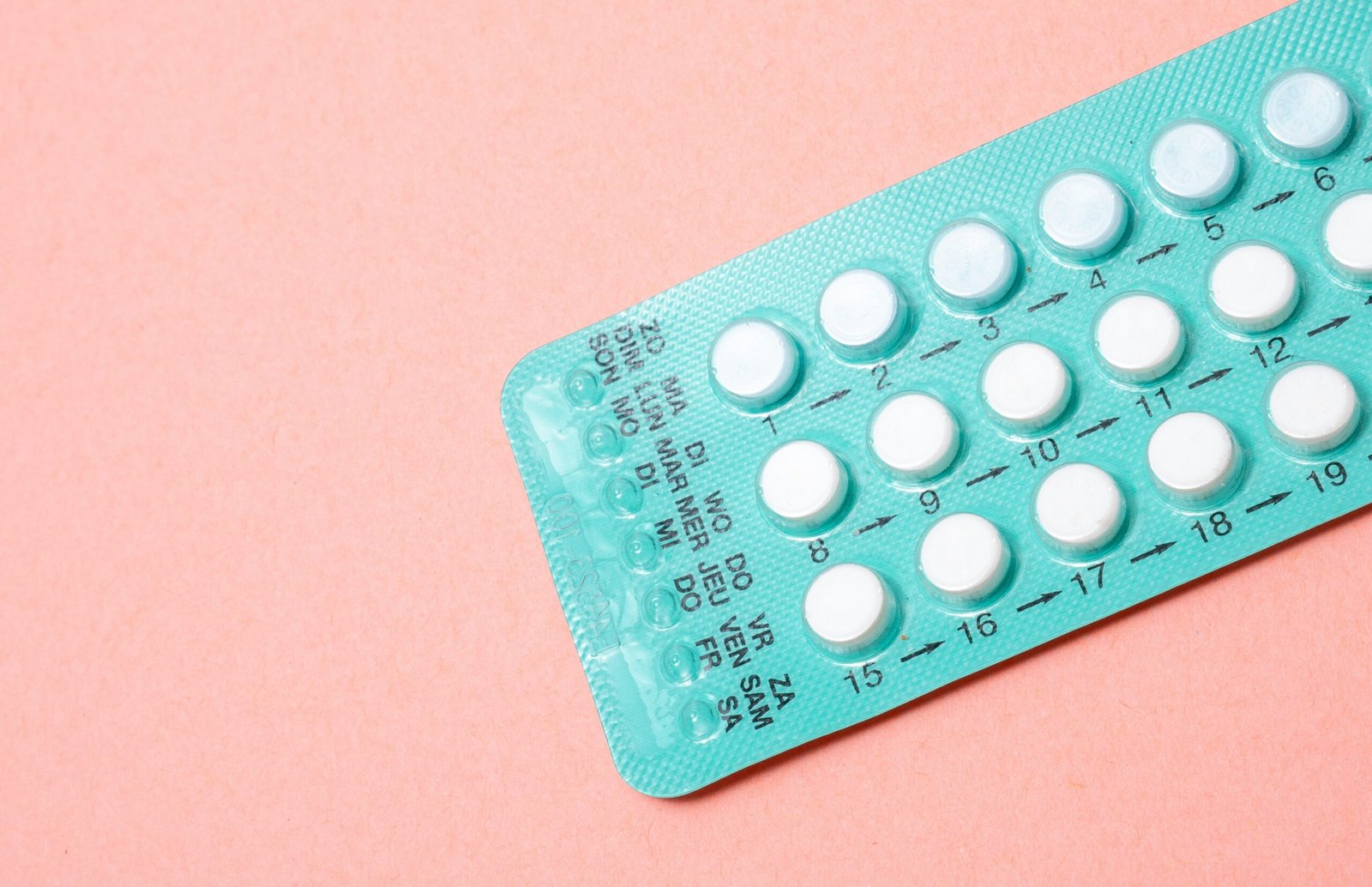Reproductive Health and Sexual Accessibility for Women
When it comes to reproductive health and sexual accessibility, women face unique challenges that can have a significant impact on their overall well-being. Conditions such as endometriosis, polycystic ovary syndrome (PCOS), and pelvic pain disorders can greatly affect a woman’s sexual accessibility, causing issues of pain, discomfort, and fertility concerns.
The Impact of Endometriosis on Sexual Accessibility
Endometriosis is a chronic condition where the tissue that normally lines the uterus grows outside of it. This condition affects approximately 1 in 10 women of reproductive age, causing a range of symptoms including pelvic pain, heavy menstrual bleeding, and fertility problems.
For women with endometriosis, sexual accessibility can be compromised due to the pain and discomfort associated with the condition. Intercourse may become painful, leading to a decreased desire for sexual activity. The fear of exacerbating symptoms or triggering a flare-up can also create anxiety and stress, further impacting a woman’s sexual well-being.
It is crucial for women with endometriosis to communicate openly with their partners and healthcare providers about their symptoms and concerns. Seeking medical treatment, such as pain management strategies or hormonal therapies, can help alleviate symptoms and improve sexual accessibility.
PCOS and Sexual Accessibility
Polycystic ovary syndrome (PCOS) is a hormonal disorder that affects women of reproductive age. It is characterized by the presence of cysts in the ovaries, irregular menstrual cycles, and high levels of androgens (male hormones) in the body.
PCOS can have a significant impact on a woman’s sexual accessibility. Irregular periods and hormonal imbalances can affect libido and sexual desire. Additionally, the physical symptoms of PCOS, such as excessive hair growth or acne, can lead to body image issues and decreased self-confidence, further impacting sexual well-being.
Managing PCOS involves a combination of lifestyle changes, such as maintaining a healthy weight and regular exercise, and medical interventions, such as hormonal therapies or fertility treatments. By addressing the underlying hormonal imbalances and managing symptoms, women with PCOS can improve their sexual accessibility and overall quality of life.
Pelvic Pain Disorders and Sexual Accessibility
Pelvic pain disorders encompass a range of conditions that cause chronic pelvic pain, such as vulvodynia, interstitial cystitis, and pelvic inflammatory disease. These conditions can have a significant impact on a woman’s sexual accessibility, causing pain and discomfort during intercourse.
Women with pelvic pain disorders may experience pain in the vulva, vagina, or pelvic region, which can make sexual activity difficult or even impossible. The fear of pain can lead to anxiety and avoidance of sexual intimacy, affecting both the woman and her partner.
Seeking medical help is crucial for women with pelvic pain disorders. Treatment options may include medications, physical therapy, or counseling to address the physical and emotional aspects of the condition. By addressing the underlying causes of pelvic pain and developing coping strategies, women can improve their sexual accessibility and regain a fulfilling sex life.
Conclusion
Reproductive health conditions such as endometriosis, PCOS, and pelvic pain disorders can have a significant impact on a woman’s sexual accessibility. The pain, discomfort, and fertility concerns associated with these conditions can affect a woman’s overall well-being and quality of life.
It is important for women to seek medical help and communicate openly with their partners and healthcare providers about their symptoms and concerns. With the right treatment and support, women can improve their sexual accessibility and regain control over their reproductive health.

